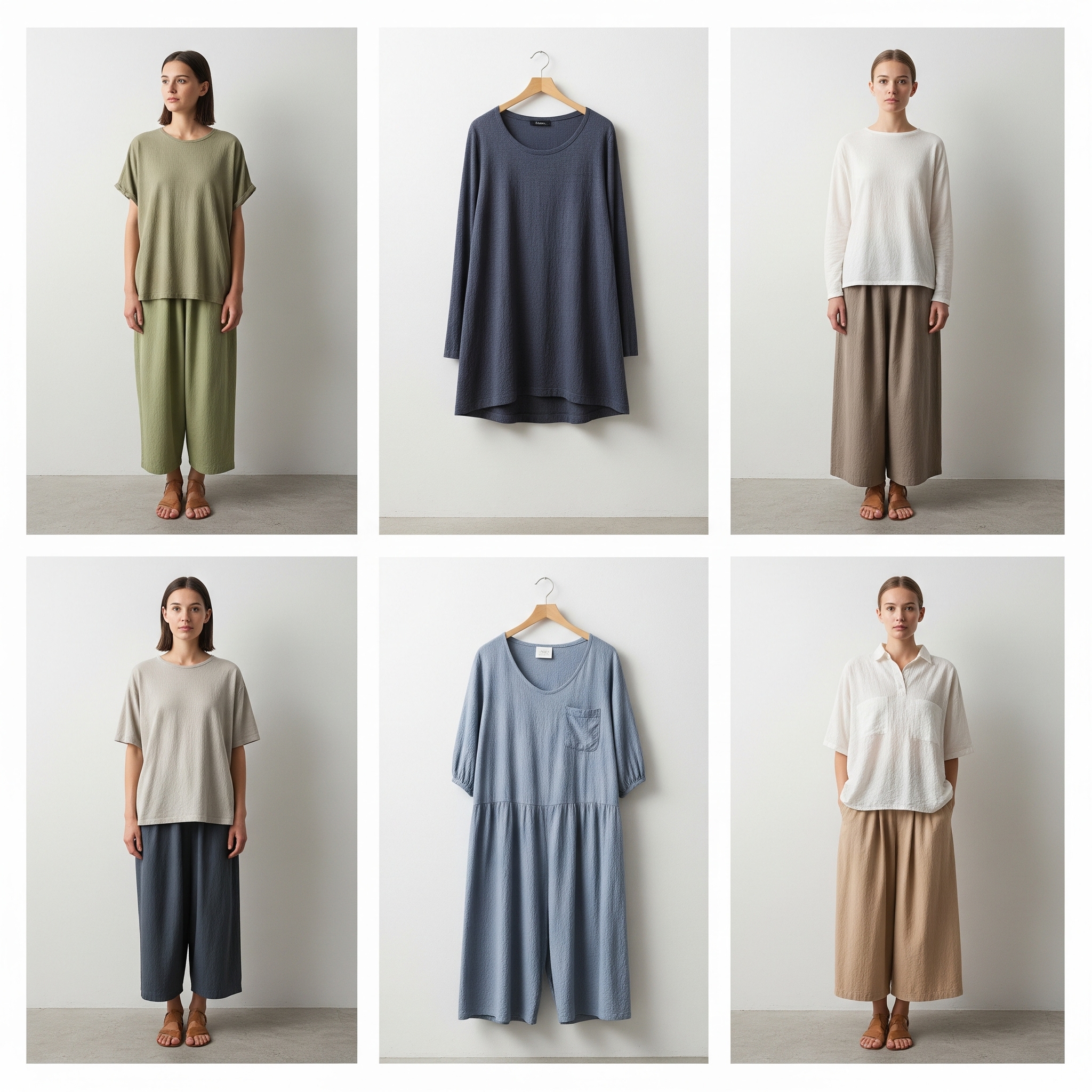Blog
Sustainable Style: Fashion’s Eco-Conscious Revolution

In an era increasingly defined by environmental awareness, the fashion industry, historically a significant contributor to pollution and waste, is undergoing a profound transformation. What was once a niche concern for a few passionate advocates has blossomed into a global movement: sustainable style. This isn’t just a trend; it’s a fundamental shift towards ethical production, conscious consumption, and a reimagined relationship between our wardrobes and the planet.
At the heart of sustainable fashion lies a commitment to minimizing environmental impact. This begins with material innovation. Brands are increasingly shunning conventional cotton, which demands vast amounts of water and pesticides, in favor of organic alternatives, hemp, linen, and innovative materials like Tencel (derived from wood pulp) or Piñatex (made from pineapple leaf fibers). The focus is on renewable resources, biodegradability, and reducing the use of harmful chemicals. Beyond natural fibers, the embrace of recycled and upcycled materials is also key. Old plastic bottles become stylish outerwear, discarded textiles find new life as high-fashion pieces, and vintage garments are reimagined, proving that beauty doesn’t have to come at the Earth’s expense.
However, sustainability extends far beyond just materials. It encompasses the entire supply chain. Ethical labor practices are paramount, ensuring fair wages, safe working conditions, and no exploitation, a stark contrast to the dark underbelly of fast fashion’s often opaque factories. Brands are striving for transparency, allowing consumers to trace a garment’s journey from raw material to final product, fostering trust and accountability. This means scrutinizing everything from dye processes that conserve water and avoid toxic chemicals, to reducing carbon emissions in transportation, and implementing circular design principles that consider a product’s end-of-life from its inception.
For consumers, embracing sustainable style often means a shift in mindset from quantity to quality and longevity. It’s about investing in well-made pieces that last, rather than succumbing to the fleeting whims of fast fashion. This encourages mindful purchasing, the exploration of second-hand and vintage clothing, and supporting brands that align with ethical values. Repairing, restyling, and swapping clothes also become integral parts of a sustainable wardrobe. The rise of rental services offers another avenue for enjoying diverse styles without permanent ownership, further reducing waste.
Ultimately, sustainable style represents a powerful call to action for both industry and individuals. It’s about recognizing that fashion doesn’t have to be disposable; it can be a force for positive change. By demanding better from brands and making conscious choices ourselves, we can collectively weave a future where style and environmental responsibility are inextricably linked, creating a wardrobe that looks good and does good.
